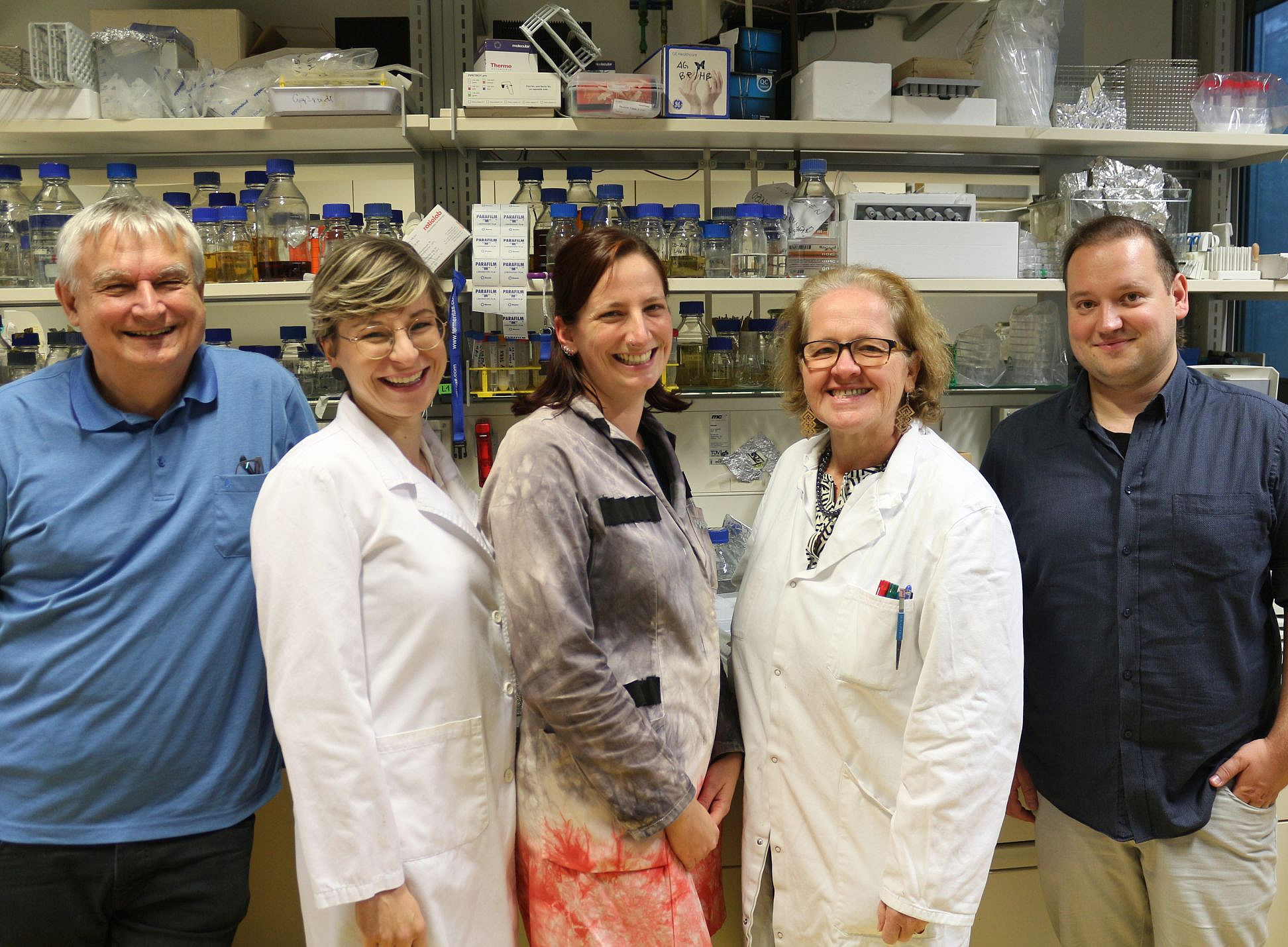Beard lichen usually grows on conifers and is quite inconspicuous at first glance. However, it is an important source of hope in the treatment of cancer. The reason for this is the active ingredient it contains, usnic acid, which is being considered as a candidate for the treatment of tumours or even infectious diseases. However, exactly how the substance works has been a mystery until now.
Researchers at the University of Graz, in cooperation with the IMP Vienna, have investigated the process and deciphered the mechanism by which the active ingredient prevents cancer cells from dividing. ‘Usnic acid attacks at the very beginning of ribosome production,’ explains Helmut Bergler, professor at the Institute of Molecular Biosciences at the University of Graz: ‘Ribosomes are, so to speak, machines in our cells that can produce proteins. When a cell divides, many new proteins are needed and therefore a corresponding number of ribosomes.’
Production stops
Bergler compares the effect of usnic acid with a targeted disruption in a factory, which completely paralyses production. ‘Tumour cells require enormous amounts of energy and a constant supply of new ribosomes for their rapid division,’ says the molecular biologist. ‘Without these important cell-building materials, which can produce proteins, this does not work and the growth of the tumour is severely slowed down.’ Another advantage is that healthy body cells divide much less frequently than tumour cells and therefore require fewer new ribosomes. As a result, they remain largely unaffected by a temporary disruption in production.
To better understand the process, the researchers in Bergler's team used yeast cells. These microorganisms produce ribosomes in a very similar way to human cells and are easy to cultivate in the laboratory. ‘What we discover in yeast can therefore also work in humans,’ explains Bergler.
However, there is still a long way to go before the findings can be applied to patients. The research on the effect of usnic acid on tumour cells is not yet complete. However, the new findings represent a major advance. ‘Now we can specifically look for molecules with similar properties,’ explains Bergler. This lays an important foundation for further research that could lead to initial clinical tests.
The study
https://doi.org/10.1038/s41467-024-51754-3
